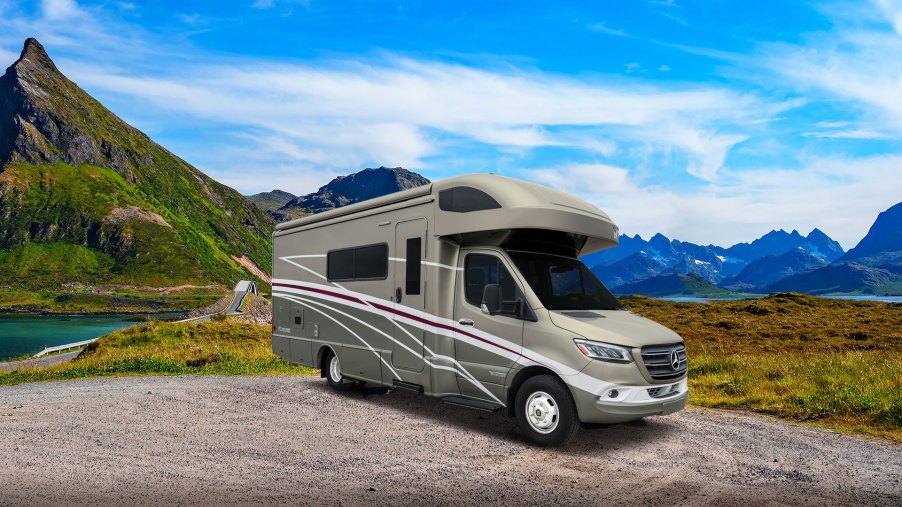
What Are RV Black Water and Gray Water Tanks?
Not everybody is familiar with a recreational vehicle. Instead, some people are just RV curious. So, many terms tossed about in brochures and websites may be unfamiliar to them. That is okay. Everybody starts learning somewhere. For example, the terms black water tanks and gray water tanks are often used in connection with RVs. Below is a brief outline to help demystify what each of the tanks is and what purpose they serve.
Black and gray water tanks are for water, right?

Yes, black and gray water tanks are for holding water, sort of. However, neither of them holds pure water. Each tank serves a different purpose. They are named differently to more closely associate with the type of water they collect.
Put simply, the gray water tank will collect all the run-off from the shower and sink. So, watery, soapy, mildewy stuff is collected with the gray tank. Hence the name, gray water, not clear or pure water.
The black water tank is the one container that repulses people most often. That is the tank that collects anything from the toilet. Human waste and fluid is collected here, along with toilet paper. Nothing else should be going in here. So, used diapers, Q-tips, or other such things need to be disposed of somewhere else.
Care for the RV black and gray water tanks
Camping has a romantic sense to it, with people picturing being out in scenic locations and sleeping out under the stars. But, that sense can all be rudely interrupted by the need to go to the bathroom. Even more shocking to the romantic picture for those that are just getting familiar with the RV world is that there is a bit of manual labor involved in taking care of the black and gray water tanks. Thankfully, the smell is the worst part. The rest is pretty easy.
Our friends at RV Share recently touched on the subject of the black water tank and offered,
“… commercial chemicals and deodorizers makes it pretty simple to maintain your black tank on a regular basis. At the start of your camping trip, you should add a dose of RV black water tank treatment, which may come in liquid form (like Aqua-Kem) or in Tide-Pod-like packets (such as these, made by Firebelly Outfitters). Be sure to add in about a gallon of water, as well, which helps the chemicals do their job. Along with keeping tank odors down, these chemicals also have the ability to break down solid waste and toilet paper. That makes for a much smoother process when it comes time to dump your tanks”
Tanks need to be emptied sooner or later
Ultimately, however, one or both tanks will become full. Do not panic, though. Whenever a person purchases an RV from a reputable dealer, the sales team will train the new owner on the process tank drainage process. For now, all that is necessary to know is that a person should be wearing gloves during the transfer of fluids from the tanks.
Basically, pulling a hose and opening or closing valves are the hardest part of the drainage and process. So, the experience is not as terrible as the initial thought might be. The fluid and waste come out. Then the systems are flushed and drained. Then all the valves are closed. Also helpful is that modern campgrounds have hookups for this type of collection. So, it is not like someone is left wondering where to put it all.
Overall, the RV experience can be a great one. But, it turns out best when people are not blindsided by having to take care of things that they knew nothing of prior. So, kudos to the person that is reading this as part of research before they launch out with their first RV trip. May your trips be full of fun, and your waste transfer as uneventful as possible.


